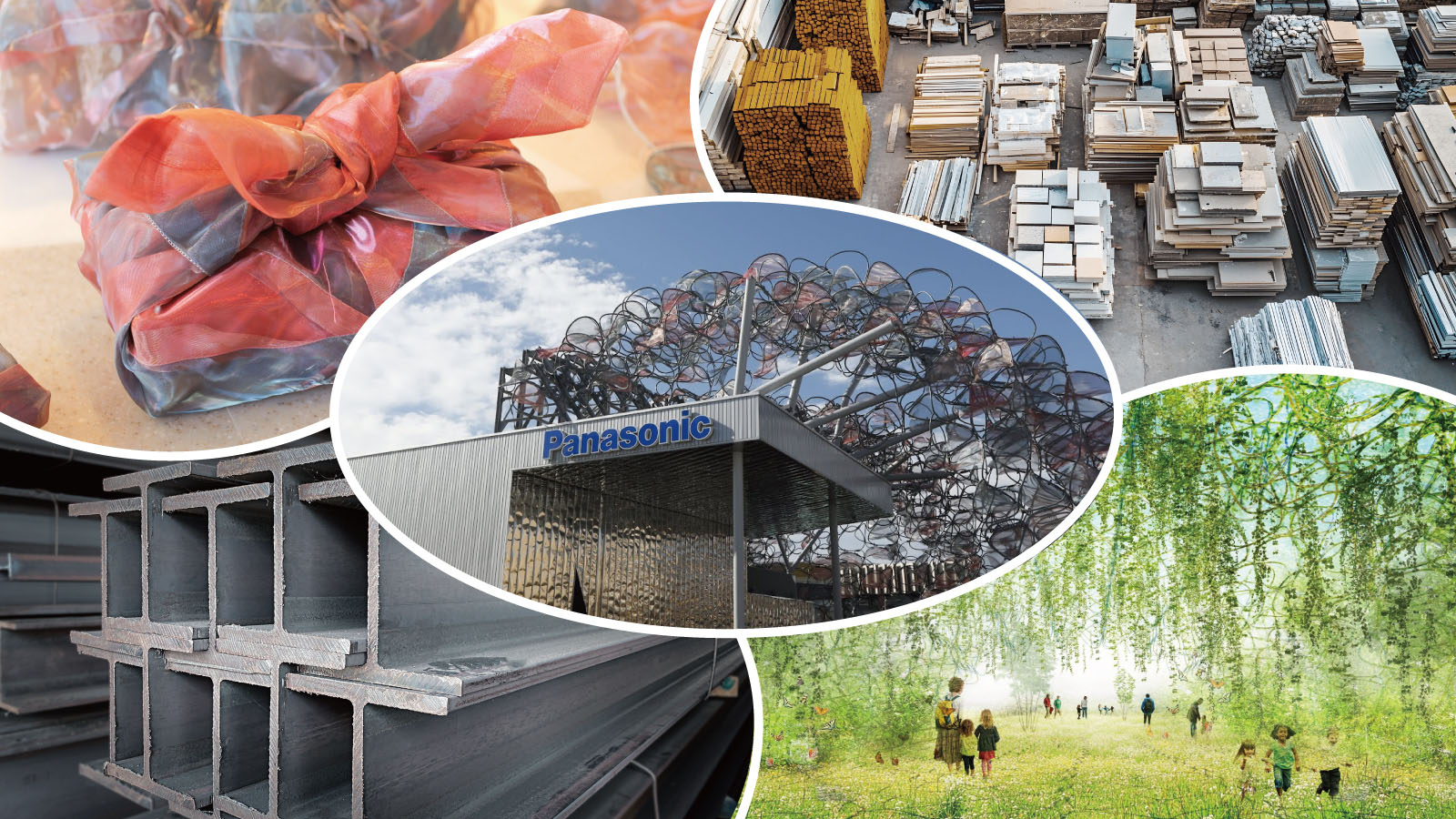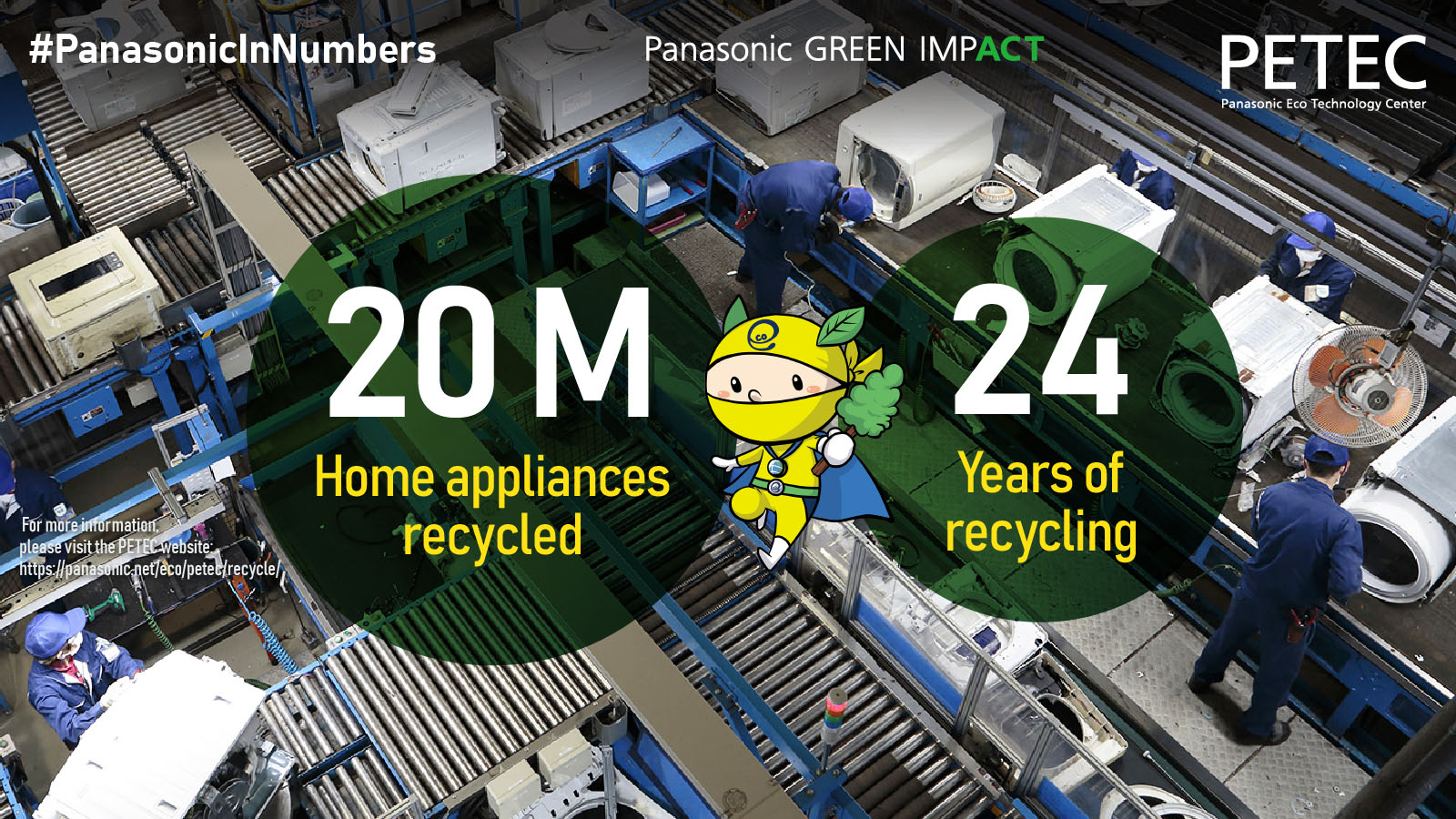Panasonic’s effort to promote meaningful application of hydrogen technology is one facet of its global commitment to a sustainable future that includes transitioning manufacturing facilities around the world into Zero CO2 factories. As part of this effort, in March 2023, Panasonic launched a demonstration test of a cold/heat/electricity solution using pure hydrogen fuel cells in Wuxi, China, expanding the deployment of hydrogen fuel cells outside of Japan.
“China is one of the world’s largest emitters of CO2. We believe that contributing to decarbonization in China will help maintain a green planet on a global level,” said Fujita. “We’ve been developing our hydrogen fuel cell business in Japan and Europe and now we are considering China as a target market for this initiative.”
After China issued a policy directive to build a low-carbon society based on hydrogen, local governments began promoting the introduction of hydrogen fuel cell commercial vehicles because the mobility space is the one of the few sectors where practical use of hydrogen solutions is currently considered viable. At the same time, Panasonic began experiencing significant, growing interest in its pure hydrogen fuel cells, and decided that a practical demonstration would help it determine the best way forward in the Chinese market.
Panasonic Energy (Wuxi) Co. Ltd. (PECW) in Jiangsu Province produces secondary batteries, mainly lithium-ion batteries and nickel-metal hydride batteries, and in April 2021, became the first Panasonic manufacturing facility in the country to be certified as a Zero CO2 factory. It was the perfect site for the hydrogen demonstration project.
The key difference between the hydrogen demonstration projects at PECW and H2 KIBOU FIELD is scale. “The Japanese site has 99 fuel cells totaling 495 kilowatts, while eight fuel cells generating 40 kilowatts have been installed at the Chinese site, making the Wuxi demonstration project smaller but also more flexible,” said Fujita.

















